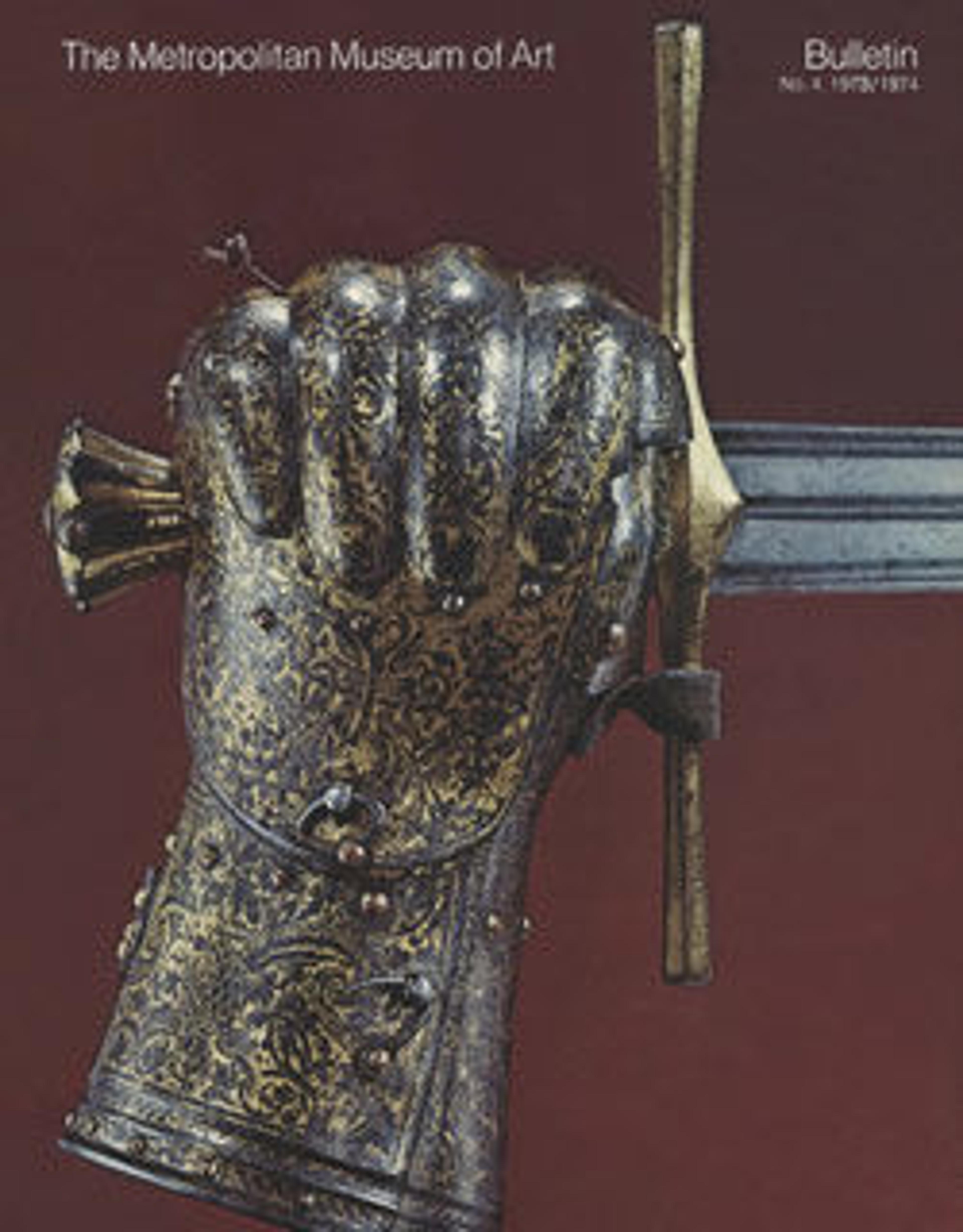Pair of Rowel Spurs
This pair of gilded spurs is adorned with engraved geometrical and floral designs in a style commonly seen on south German examples. The wide band forming the heel plate, as well as the scrollwork, seem directly inspired by contemporary Bohemian spurs.
In the 15th century, rowel spurs with very long necks were of common use in Western Europe. At this period, the elevated war saddles and the very specific riding style, with long stirrup leathers and legs extended forward, increased the distance between a rider’s feet and the horse’s flank. Thus, spurs with long necks allowed the rider to spur his horse without excess movement of his legs. As a knight’s status was closely related to his horse, spurs became one of the symbols of chivalry, and one of the tokens given to him during a knighting ceremony.
In the 15th century, rowel spurs with very long necks were of common use in Western Europe. At this period, the elevated war saddles and the very specific riding style, with long stirrup leathers and legs extended forward, increased the distance between a rider’s feet and the horse’s flank. Thus, spurs with long necks allowed the rider to spur his horse without excess movement of his legs. As a knight’s status was closely related to his horse, spurs became one of the symbols of chivalry, and one of the tokens given to him during a knighting ceremony.
Artwork Details
- Title:Pair of Rowel Spurs
- Date:15th century
- Culture:German
- Medium:Copper alloy, gold
- Dimensions:14.25.1705a: H. 9 13/16 in. (25 cm); W. 3 1/4 in. (8.3 cm); D. 1 11/16 in. (4.3 cm); 14.25.1705b: H. 9 13/16 in. (25 cm); W. 3 3/8 in. (8.6 cm); D. 1 11/16 in. (4.3 cm)
- Classification:Equestrian Equipment-Spurs
- Credit Line:Gift of William H. Riggs, 1913
- Object Number:14.25.1705a, b
- Curatorial Department: Arms and Armor
More Artwork
Research Resources
The Met provides unparalleled resources for research and welcomes an international community of students and scholars. The Met's Open Access API is where creators and researchers can connect to the The Met collection. Open Access data and public domain images are available for unrestricted commercial and noncommercial use without permission or fee.
To request images under copyright and other restrictions, please use this Image Request form.
Feedback
We continue to research and examine historical and cultural context for objects in The Met collection. If you have comments or questions about this object record, please contact us using the form below. The Museum looks forward to receiving your comments.
